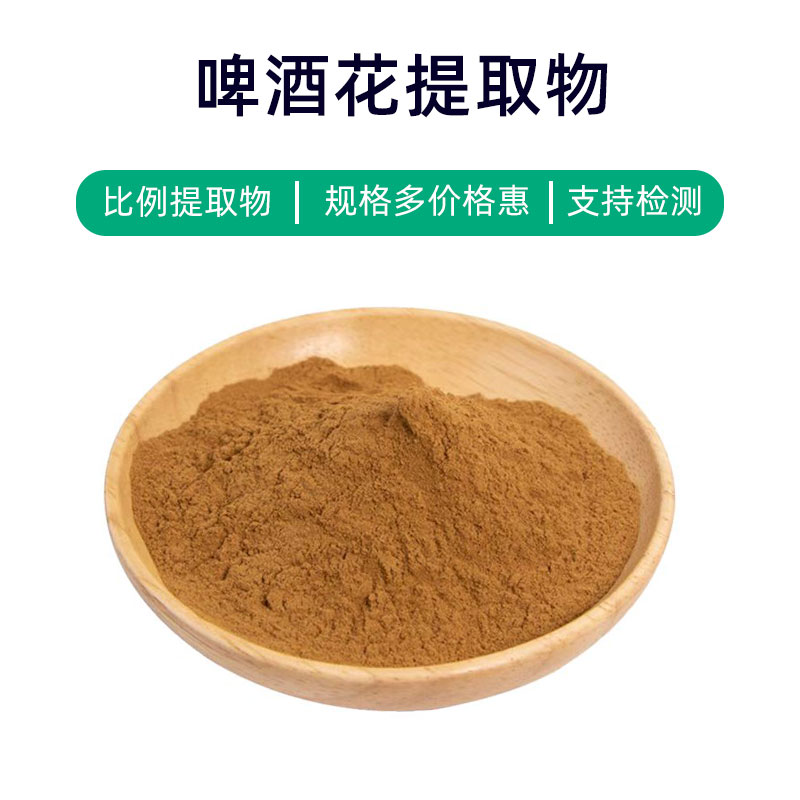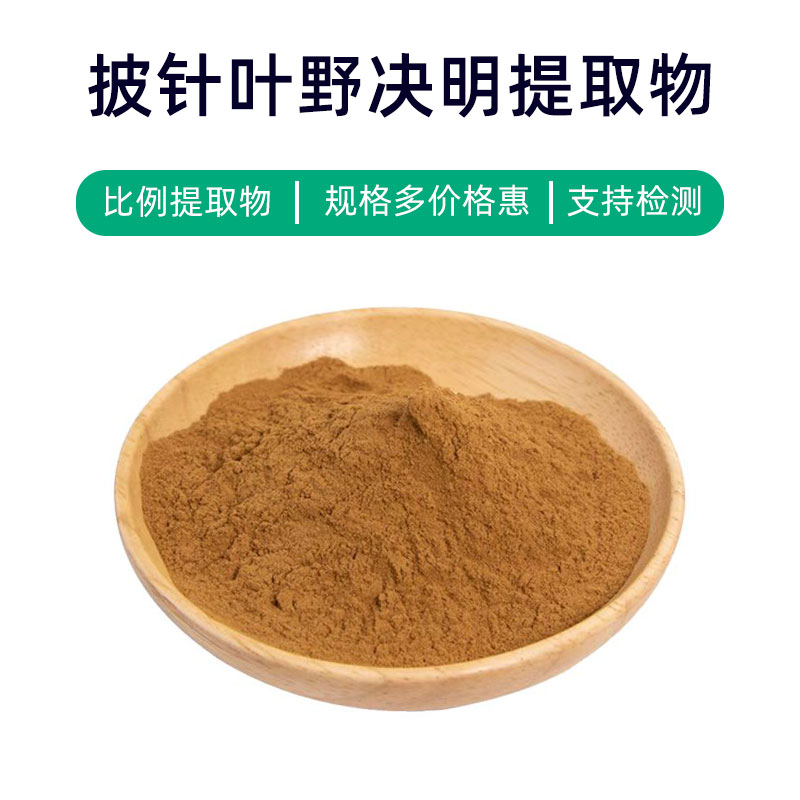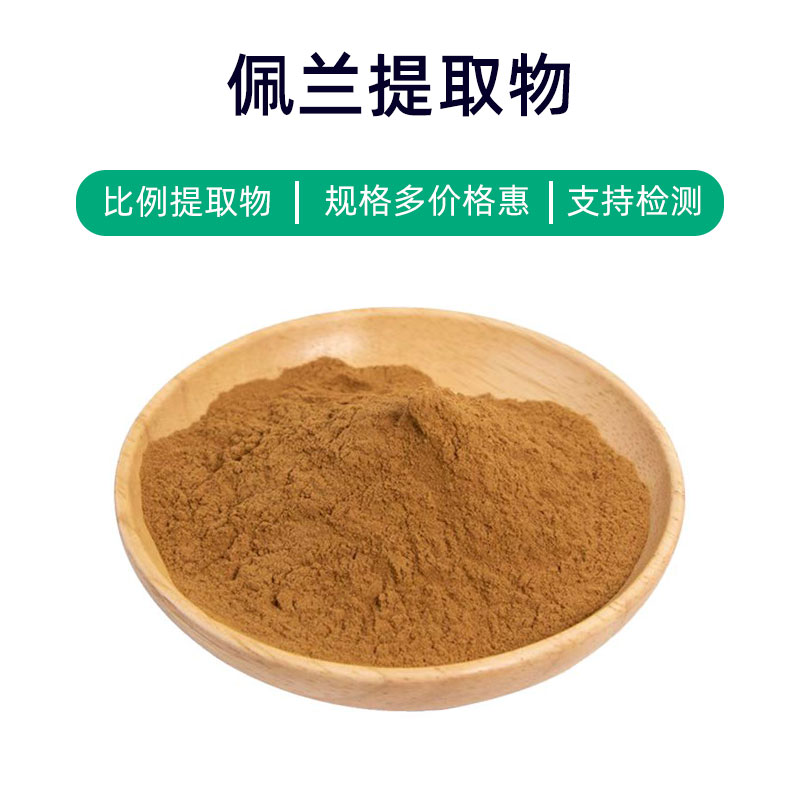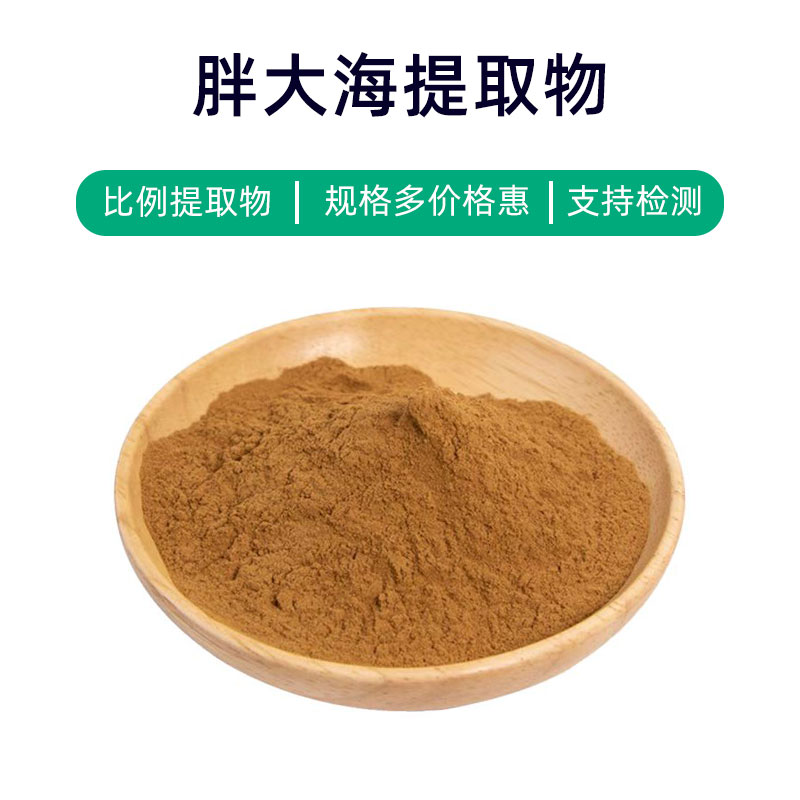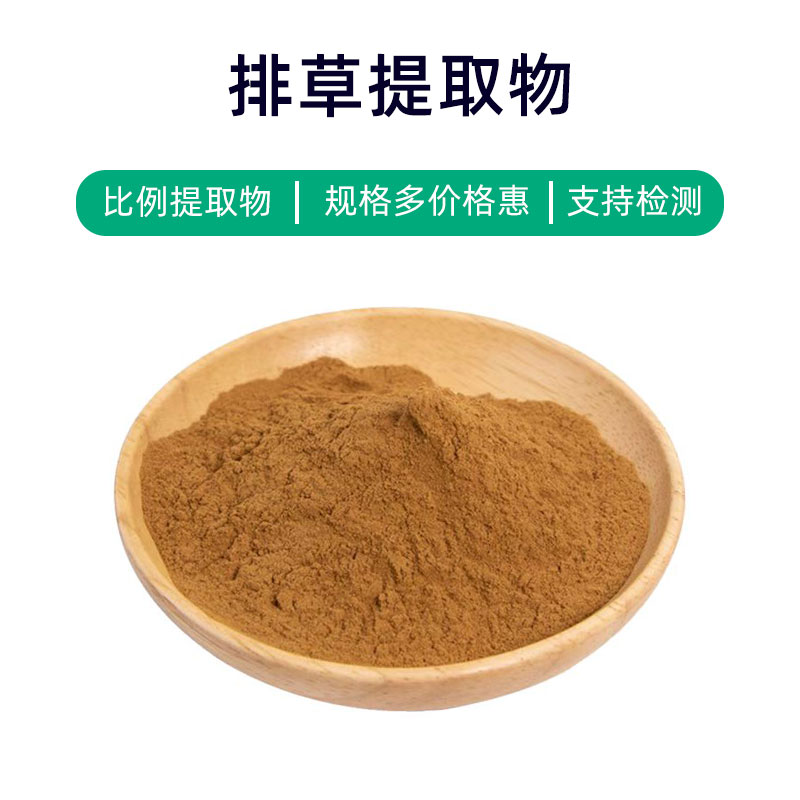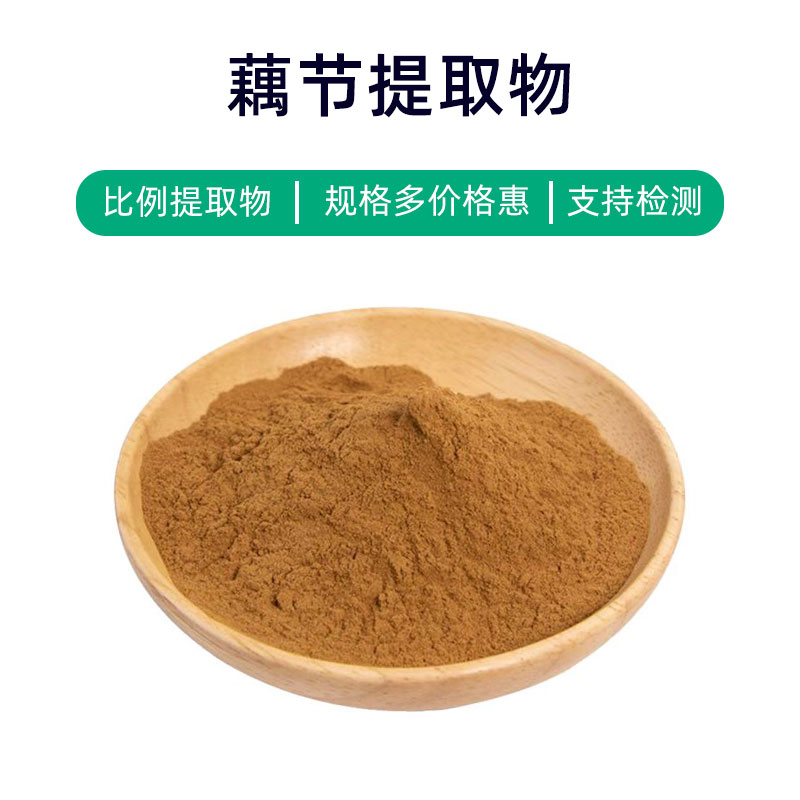Lion's Mane Mushroom Extract Product Introduction
Lion's Mane Mushroom Extract is a natural product sourced from Lion's Mane Mushroom (Hericium erinaceus). Its primary components include polysaccharides, proteins, amino acids, and fats. It's widely recognized for its rich nutritional content and various health benefits, making it a popular choice in dietary supplements, medicines, and food products.
Lion's Mane Mushroom Extract exhibits multiple beneficial effects, including enhancing immunity, improving digestive functions, boosting memory, and protecting the nervous system. Specifically, polysaccharides are one of the main active components, known for their immune-regulating, antioxidant, and anti-inflammatory properties, helping to strengthen the body's resistance and immune function. Additionally, proteins, amino acids, and fats present in the extract contribute positively to health by promoting digestion, enhancing memory, and protecting the nervous system.
In the realm of dietary supplements, Lion's Mane Mushroom Extract is often available in forms such as oral solutions, capsules, or tablets, used to boost immunity and improve digestive system functions. In the food industry, it may be added to various functional foods such as beverages, health foods, and nutritional products, providing comprehensive nutritional support to consumers. In pharmaceuticals, it is also used to prepare medications for the auxiliary treatment of chronic diseases or to improve health conditions.
Overall, Lion's Mane Mushroom Extract is a natural and healthy nutritional component, valued for its diverse benefits and application potential, attracting widespread attention and recognition from consumers.
Lion's Mane Mushroom Extract Production Process
The production process for Lion's Mane Mushroom Extract typically includes the following steps:
- Raw Material Preparation: Fresh Lion's Mane Mushrooms are selected, cleaned, and unwanted materials removed. Then they are chopped or ground into appropriately sized pieces to prepare for the extraction process.
- Extraction: The prepared mushroom pieces are mixed with an appropriate amount of solvent (such as water or ethanol) and placed in an extraction vessel, where they undergo extraction at specific temperature and time conditions. Common extraction methods include soaking, boiling, and ultrasonic extraction to draw out the active components from the mushrooms.
- Concentration: The liquid obtained from extraction is concentrated to remove solvents and moisture, making the product more concentrated.
- Filtration and Refining: The concentrated liquid is filtered and refined to eliminate impurities and contaminants, enhancing product purity and quality.
- Drying: The refined product undergoes a drying process to reduce moisture content to a suitable level for storage and transportation.
- Grinding: The dried product is crushed or milled to ensure uniform particle size, facilitating further processing and usage.
- Packaging: The crushed Lion's Mane Mushroom Extract is packaged using appropriate materials and methods to ensure product quality and safety.
- Quality Inspection: The packaged products undergo quality testing to ensure they meet relevant product standards and quality requirements.
The above outlines the general production process for Lion's Mane Mushroom Extract, where strict parameter control is necessary at each step to ensure the quality and stability of the final product.
Lion's Mane Mushroom Extract Effects and Side Effects
Lion's Mane Mushroom Extract is a natural product derived from Lion's Mane Mushroom (Hericium erinaceus), known for its various health benefits, primarily including the following aspects:
- Immune Regulation: Rich in polysaccharides, Lion's Mane Mushroom Extract exhibits significant immune-regulating effects, enhancing the body's immune function and resistance to prevent infections and diseases.
- Neuroprotection: Studies indicate that the active components in Lion's Mane Mushroom Extract promote the growth and regeneration of nerve cells, aiding in the protection of the nervous system and improving its functions. This can help in preventing and delaying neurodegenerative diseases.
- Digestive Improvement: The active components in the extract enhance the secretion of digestive juices, promote gastrointestinal motility, and balance gut microbiota, contributing to improved digestive system function and alleviating gastrointestinal discomfort and indigestion.
- Antioxidant: Containing abundant polyphenolic compounds, Lion's Mane Mushroom Extract has strong antioxidant properties, capable of neutralizing free radicals, delaying cell aging, and protecting cells from oxidative stress damage.
- Blood Sugar Regulation: Some studies suggest that certain active components in Lion's Mane Mushroom Extract may help lower blood sugar levels, assisting in regulating glucose for individuals with diabetes.
While Lion's Mane Mushroom Extract offers multiple benefits, it is generally considered safe with few side effects. However, allergic reactions can occur due to individual differences, so caution is advised during use. Additionally, since it may affect blood sugar levels, diabetes patients should ideally use it under medical supervision. Overall, as a natural health supplement, Lion's Mane Mushroom Extract is seen as having broad application potential and good safety.
Lion's Mane Mushroom Extract Application Scenarios and Dosage
Lion's Mane Mushroom Extract is a natural nutrient supplement with various health benefits, widely applied in medicine, food, and cosmetics. Below are detailed introductions to its application scenarios and dosages:
Medical Applications:
- Immune Regulation: Lion's Mane Mushroom Extract can be used to produce immune-regulating medications to enhance immune function and assist in the prevention and treatment of immune-related diseases. Typically, it is used in oral solutions or capsule forms, with doses around 500-1000 mg per dose, taken 1-3 times a day.
- Neuroprotection: The active components in Lion's Mane Mushroom Extract protect the nervous system and can be used to prepare neuroprotective medications, aiding in the treatment of neurodegenerative diseases. The typical dosage is 500-1000 mg per dose, taken 1-2 times a day in oral solution or tablet form.
Food Applications:
- Functional Foods: Lion's Mane Mushroom Extract is often added to various functional foods such as health supplements, nutritional products, and beverages to enhance nutritional value and functionality. The general dosage is 3-5 grams per day, adjusted based on product formulation and preparation requirements.
- Seasonings: With its unique flavor, Lion's Mane Mushroom Extract can be used to produce seasonings, such as sauces and seasoning powders. The amount is usually adjusted based on product needs, typically not exceeding 5% of the total formulation.
Cosmetic Applications:
- Skincare Products: The polysaccharides and polyphenolic components in Lion's Mane Mushroom Extract moisturize, provide antioxidant benefits, and repair the skin. They can be used in skincare products like creams and serums. Recommended usage is to apply an appropriate amount to the skin surface and massage gently until absorbed.
- Hair Care: The active components nourish and repair hair and can be formulated in shampoos and conditioners. Recommended usage depends on hair length and thickness, applied moderately, massaged in, and rinsed thoroughly.
In summary, Lion's Mane Mushroom Extract is a natural health supplement with a wide application potential and good safety profile. However, it is essential to follow medical advice or product instructions and control dosages appropriately to ensure safe and effective use.
Lion's Mane Mushroom Source Plant Introduction, Distribution, and Growth Environment
Lion's Mane Mushroom (Hericium erinaceus) is a unique fungus, also known as Lion's Head Mushroom, belonging to the kingdom Fungi, phylum Ascomycota, class Agaricomycetes, order Russulales, family Hericaceae, and genus Hericium. Below is a detailed introduction to the source plant of Lion's Mane Mushroom Extract, its distribution, and growth environment:
Source Plant Introduction:
Lion's Mane Mushroom is a parasitic fungus that typically grows on deciduous hardwood trees, such as oak, maple, and beech. Its distinctive appearance features unique, thread-like structures resembling clumps of white filamentous mycelium, giving rise to the name "Lion's Mane Mushroom."
Distribution:
Lion's Mane Mushroom has a broad distribution and primarily grows in forests of subtropical and temperate regions, including North America, Europe, and Asia. In North America, it is commonly found in forests across Canada and the United States. In Asia, it is prevalent in mountainous areas of countries like China, Japan, and South Korea.
Growth Environment:
- Tree Species Preference: Lion's Mane Mushroom usually grows on trees, favoring old or diseased trees, particularly deciduous hardwoods like oak, maple, and beech.
- Environmental Humidity: It thrives in humid environments and has high moisture requirements, often growing in wet conditions like during rainy seasons or in damp forests.
- Optimal Temperature: Ideal growing temperatures range from 15-25 degrees Celsius; extremes in temperature can negatively affect its development.
- Light Conditions: Lion's Mane Mushroom is not sensitive to light and typically grows in shaded or semi-shaded environments, avoiding direct sunlight.
- Tree Health Status: Trees hosting Lion's Mane Mushroom should ideally be relatively healthy, although it can grow on diseased trees, healthy trees provide a more favorable environment for growth.
In summary, Lion's Mane Mushroom, as a fungus growing on trees, has specific growth environment requirements, thriving in humid conditions and proper temperature ranges. It is commonly observed in older trees within moist valleys or areas near streams in the wild.
Lion's Mane Mushroom Extract Processing and Storage
The processing of Lion's Mane Mushroom Extract typically includes extraction, concentration, filtration, and drying steps. First, extraction is performed to draw out the active components from the mushroom, followed by concentration and filtration to refine the product, ending with drying to lower moisture content for storage. During storage, it should be kept in a dry, cool, and well-ventilated place, protected from direct sunlight and high temperatures, sealed to prevent moisture ingress.
Monica Sun is a seasoned expert in the plant extraction industry with over a decade of experience in research and production. She specializes in the extraction and purification of plant active ingredients, focusing on driving innovation in natural product applications. Monica has participated in the development of multiple functional plant extracts, delivering high-value natural raw material solutions for the health food, pharmaceutical, and dietary supplement sectors.









